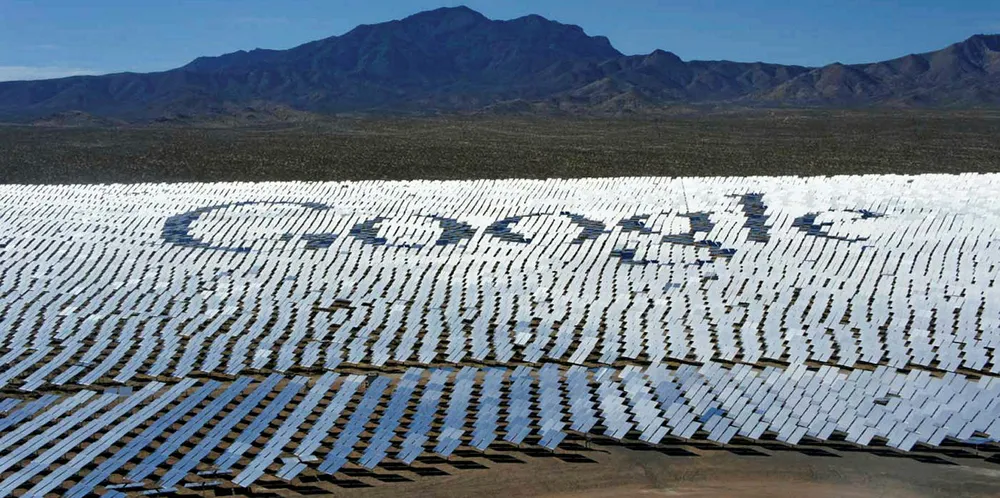Google may tap nuclear and green hydrogen to hit zero-carbon 2030 'moonshot'
Web giant to buy more wind and solar and look to 'emerging technologies' as it seeks 24/7 zero-emissions profile for global operations

Web giant to buy more wind and solar and look to 'emerging technologies' as it seeks 24/7 zero-emissions profile for global operations
